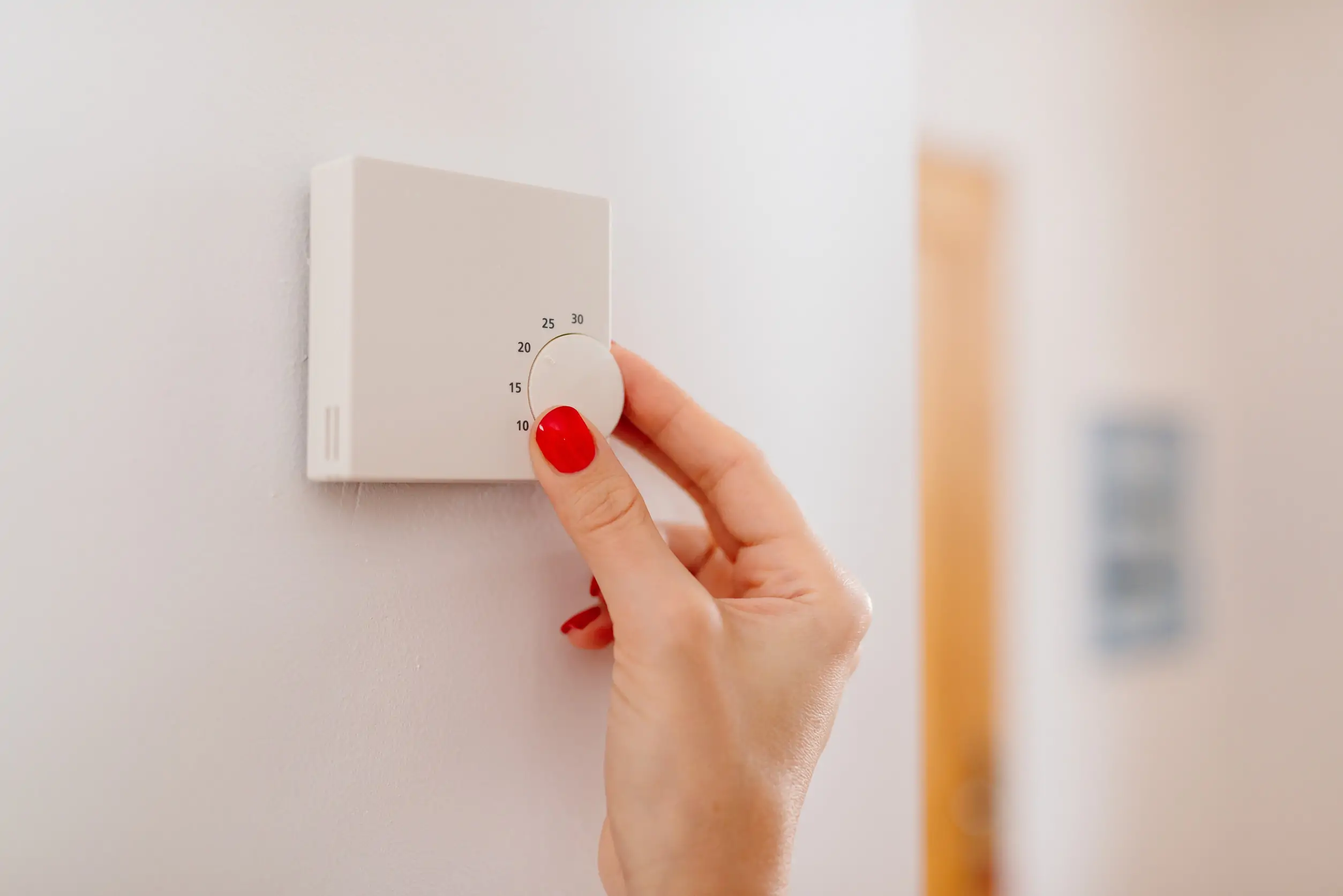
Are your utility bills out of control? You may be surprised to know that high utility bills don’t just come from cranking the thermostat or leaving the lights on. Small daily habits can make the difference between breaking the bank and saving a ton. From laundry routines to device charging, these normal behaviors can add up to hundreds of extra dollars a year. Here are five sneaky ways you’re driving up your power, water, and gas bills, and how to fix them easily.
1. Running Half-Empty Appliances
You may think that running half loads of laundry or not filling your dishwasher is OK. But you’re throwing away your money. This habit wastes both water and electricity. Full loads use the same energy as half loads, meaning you’re paying double for convenience. You should always wait until machines are full before running them. Or you can use the “small load” setting when absolutely necessary.
2. Leaving Chargers and Electronics Plugged In
Do you keep things plugged in? That phone charger or TV streaming box still draws electricity even when you’re not using it. It’s a phenomenon called “phantom load.” Idle devices can account for 5–10% of your total electricity bill. It will save you about $100 annually. But every dollar counts. If you tend to forget, plug multiple devices into one switchable strip so you can power them all down at once.
3. Overusing Hot Water for Laundry and Dishes
Hot water heating can consume up to 18% of your home’s energy use. Washing clothes in cold water works just as well for most fabrics and detergents. In some cases, it will help your clothes last longer and be more vibrant. Similarly, using the dishwasher’s “heated dry” cycle wastes electricity. Air-drying works just as well. By lowering your water heater temperature to 120°F, you can also prevent scalding and reduce unnecessary gas or electric use.
4. Ignoring Drafts and Thermostat Drift
Every degree counts. Set thermostats to 68°F in winter and 78°F in summer for optimal efficiency. Even a few degrees off can raise costs by up to 10%. You can make small fixes to help your system run optimally. Gaps around doors, windows, and outlets also leak air and force your system to run longer. Adding weatherstripping, caulking, or draft stoppers can reduce energy loss by hundreds of dollars per year.
5. Running Electronics During Peak Hours
Many utilities charge more for energy used during peak demand times. This is typically late afternoon to early evening. You can shift high-energy tasks like laundry, dishwashing, or cooking to mornings or late nights to save money. Smart thermostats and appliances can automate this schedule for you. Time-of-use pricing may seem minor, but adjusting your habits could lower monthly bills without any new equipment.
Small Changes, Big Savings
The key to lowering utility bills isn’t expensive upgrades. Really, it’s about awareness. By adjusting just a few habits, you can see noticeable savings in less than a month. Energy efficiency starts with everyday decisions, and the benefits add up fast once you make them routine.
Have you found a small change that made a big dent in your utility bills? Share your best energy-saving tips in the comments.
You May Also Like…
- 7 Countries That Make It Easy for Freelancers to Get Rich
- Should I Pay Off My Car Loan Early?
- How Much Money Should You Save for a Home Remodel?
- 5 Ideas to Keep Your Backyard Looking Amazing All Year
- How to Stop Spending Money: 16 Tips to Stay in Control

Teri Monroe started her career in communications working for local government and nonprofits. Today, she is a freelance finance and lifestyle writer and small business owner. In her spare time, she loves golfing with her husband, taking her dog Milo on long walks, and playing pickleball with friends.

